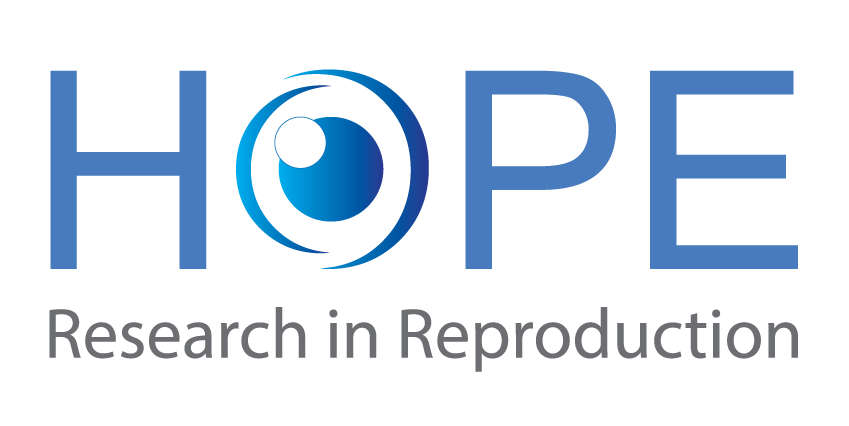Hum Reprod. 2015 May;30(5):1188-95 – 2015-02-09
T.N.L. Vuong1,2,*, H.T. Phung2, and M.T. Ho2,3
Published: 03 March, 2015
Author information
- Department of Obstetrics and Gynaecology, University of Medicine and Pharmacy at Ho Chi Minh City, Ho Chi Minh City, Vietnam
- IVFAS, An Sinh Hospital, Ho Chi Minh City, Vietnam
- Research Center for Genetics and Reproductive Health, School of Medicine, Vietnam National University HCMC, Ho Chi Minh City, Vietnam
Abstract
STUDY QUESTION
Does luteinizing hormone (LH) supplementation improve live birth rate after in vitro fertilization (IVF) in patients aged ≥35 years receiving a gonadotrophin-releasing hormone (GnRH) antagonist protocol?
SUMMARY ANSWER
There was no difference in live birth rate with use of LH during IVF in patients aged ≥35 years undergoing IVF treatment using a GnRH antagonist protocol.
WHAT IS KNOWN ALREADY
Use of GnRH analogues as part of a controlled ovarian hyperstimulation protocol during IVF treatment cycles decreases the amount of LH available to developing follicles. The role of LH supplementation for improving outcomes in patients undergoing controlled ovarian hyperstimulation as part of assisted reproduction treatments, particularly those involving a GnRH antagonist protocol, is unclear. It has been suggested that higher risk patients (e.g. age ≥35 years, poor ovarian reserve) may benefit from LH supplementation.
STUDY DESIGN, SIZE, DURATION
This single-centre, randomized controlled trial was conducted from 1 October 2012 to 30 June 2014. A total of 240 women aged ≥35 years undergoing IVF received ovarian stimulation using a GnRH antagonist protocol, with recombinant follicle-stimulating hormone (r-FSH; Gonal-F®) starting from cycle day 2 or 3. GnRH antagonist (Cetrotide®) was administered on Day 5 of r-FSH administration. On Day 6, patients in the LH supplementation group were switched to r-FSH/r-LH (Pergoveris®) 150/75 IU/day. Randomization to study treatments was performed in blocks of 4 via a computer-generated random number list.
PARTICIPANTS/MATERIALS, SETTING, METHODS
Of the 240 patients randomized to treatment, 120 received r-FSH/r-LH and 120 received r-FSH. Patients were recruited from the IVFAS, An Sinh Hospital, Ho Chi Minh City, Vietnam.
MAIN RESULTS AND THE ROLE OF CHANCE
Live birth rate did not differ significantly (P > 0.05) between r-FSH/r-LH and r-FSH recipients (16.7 versus 17.5%; between-group difference 0.8, 95% confidence interval [CI] −9.5, 11.2). In addition, there were no significant differences between the r-FSH/r-LH and r-FSH groups with respect to the number of oocytes retrieved, implantation rate, miscarriage rate and clinical pregnancy rate.
LIMITATIONS, REASONS FOR CAUTION
The open-label design could have introduced bias, and the relatively small sample size may have allowed detection of only the most common adverse events. In addition, the study was likely to be underpowered based on differences between the response rate assumptions used in the sample size calculation and the actual response rate during the study.
WIDER IMPLICATIONS OF THE FINDINGS
The results of this study found no additional benefit from adding LH supplementation to ovarian stimulation with a GnRH antagonist protocol in women aged ≥35 years, and add to the body of evidence in this area. However, findings across studies are still inconsistent and additional research is needed before any clear recommendations for clinical practice can be made.
STUDY FUNDING/COMPETING INTERESTS
This study was supported by the Research Center for Genetics and Reproductive Health, School of Medicine, Vietnam National University HCMC. The authors state that they have no financial or commercial conflicts of interest.
TRIAL REGISTRATION NUMBER
The trial was registered with clinicaltrials.gov (NCT02244866).
KEYWORDS:
luteinizing hormone supplementation, recombinant follicle-stimulating hormone, recombinant luteinizing hormone, ovarian stimulation, in vitro fertilization
